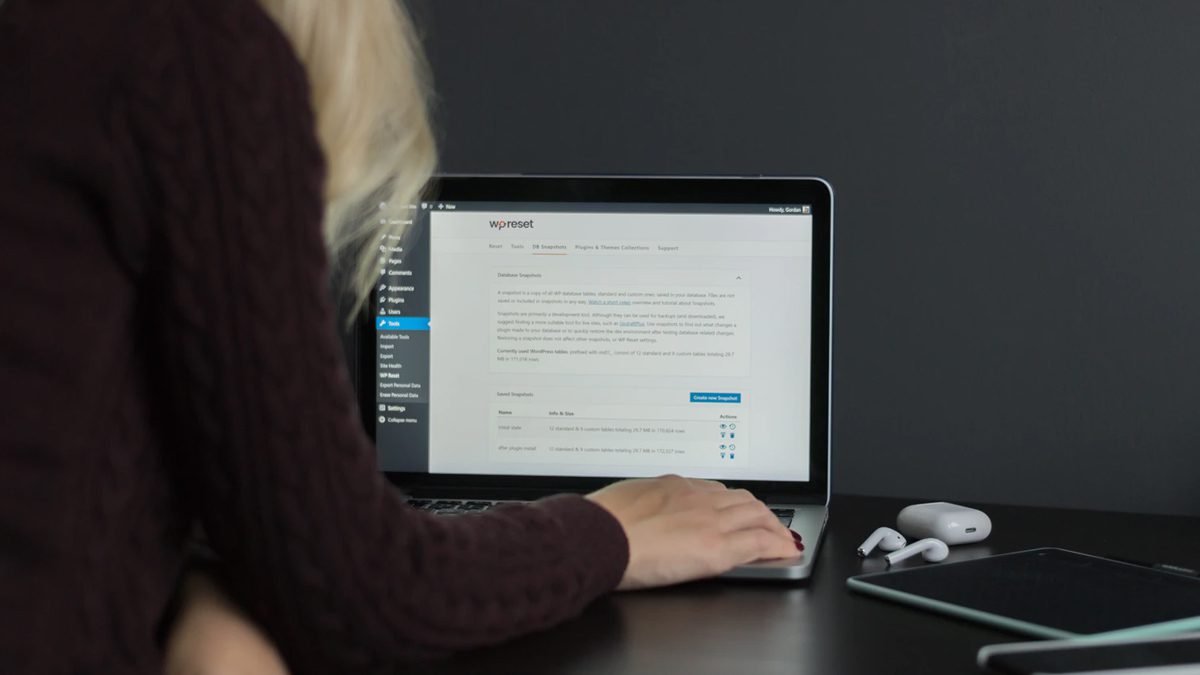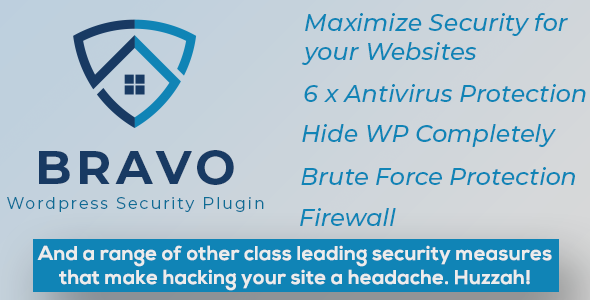Beware of the bad guys, Time to secure your WordPress admin

“Attack wins you games – Defence wins you titles” – Choose wisely!
In the world of game-changing technology, cyber-attacks seem to have made its way to the mainstream. Unlike what we aimed for the golden digital era, the threat landscape seems to be growing at a fanatic pace in regards to being offensive, defensive.
Popular web development platforms like WordPress, WooCommerce are no longer strong enough to beat the bad guys. More and more website owners are seen venting out their security-related concerns. Is it true – an open source script is vulnerable to all sorts of attacks? And if so, how to tighten your WordPress security?
Are you among those who believe that a lack of built-in WordPress security is a myth? Well, reality check guys it’s not so bad either. I mean there are times when it’s the other way around. Unlike its so-called brothers and sisters, WordPress websites turn out to be more secure.
So, where the problem lies? According to sources, around 90000 hack attempts are made on WordPress websites each minute. One successful attack gives cybercriminal access to the WordPress admin (the core of the website). This makes high-end security the topmost concern in the digital realm.
Keeping WordPress core software secure means all the usernames and passwords entered by you or end-users are safe from any unauthorized access. Now the big question in the world of WordPress development and outskirts is how to safeguard the wp-admin dashboard?
WordPress Security in Easy Steps (No Coding)
1. Preventing brute force attacks right from the start
I am sure we all are acquainted with a standard WordPress login page URL. It is where the backend of the website is accessed. And maybe that’s the reason why people try to intrude in. Every website works in a predetermined manner and your one is no exception. The default login page looks something like this https://ift.tt/2SKRshM. One small attack launched and you are finished.
Customizing the login page URL is the first and foremost thing I recommend to fellow WordPress users. Like it or not, but at somewhere site owners are also responsible for their site getting hacked. Choosing a reliable WordPress development company and leaving it then and there is not a wise decision. There are certain things the website owner must take into account.
For example, use strong passwords as password cracking techniques are no longer vague. Keeping strong passwords has the potential to defend your site against savvy password cracking techniques.
2. Implement HTTP authentication
Another common yet crucial way to secure WordPress admin is by protecting your entire wp-admin folder. Technically speaking, the folder comprises of administrative files that power the WordPress dashboard. So, anyone who has access to this folder wins the jackpot as he or she can easily control the entire site.
Have you thought about password-protecting the entire folder? I mean each time when someone’s at your door, the server automatically Kickstart authentication process. I am talking about the HTTP authentication password. Fortunately, we have custom WordPress plugins like HTTP Auth, AskApache Password Protect which implements HTTP authentication.
3. Limiting the number of failed login attempts
Successful force attacks are the ones where hundreds and thousands of failed login attempts are made. So, again the question of how to prevent these relentless procedures hopping in the WordPress admin? Quite simply, actually! Just limit the number of failed login attempts on the site.
Let’s say you have limited up to 3 login attempts and even by any chance if they succeed they have to solve a CAPTCHA before being allowed to access the WordPress login page again. Double-check! If it’s an actual user or a bot trying to get a hold on your site.
4. Blacklist malicious IP address
Identifying malicious IP addresses is no big deal these days. All you have to do is keep a record of them and block them from being able to access your space.
One of the best techniques of identifying suspicious ones is to check whether a lot of failed attempts are being made from the same IPs almost regularly. The simplest way to block any IP address from accessing your websites is by placing the following code in the .htaccess file:
order allow, deny
deny from 192.168.20.10
allow from all
“192.168.20.10” can be replaced with any IP you want.
5. Best WordPress plugin
The least one can do is set up a trap for the bad guys. There are a plethora of custom WordPress plugins that keep track of everything that happens such as file integrity monitoring, failed login attempts, malware scanning, etc. on your website.
It is always advisable to choose the right one or you can consult a reliable professional who offers an unbiased perspective. Another interesting thing about these plugins is they can be used to make stunning WordPress websites.



No comments